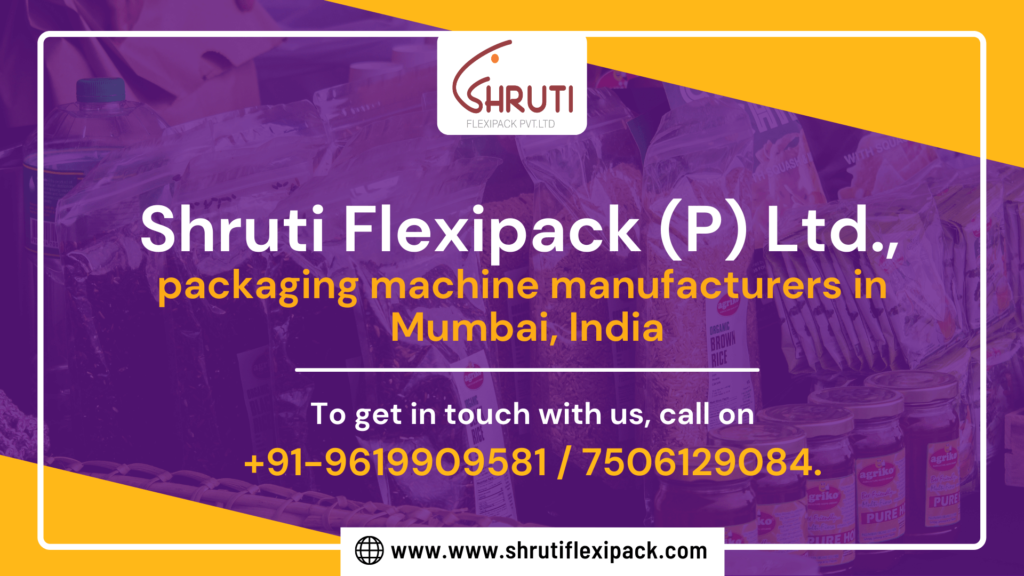Stick pack Single Track Packaging Machines are most commonly used for packing powder, granule or liquid into a centre seal pouch. There is only one track for the product to enter the packaging line, hence the name, single-track machine.
Stick packaging refers to a long and narrow pouch that resembles a stick in looks, that became popular when CPG companies learned how easy it was to open and pour a powder mix into a bottle of water. In India, you will find such packaging for sugar, salt, medicinal powders, powder soaps, dehydrated juice mixes, chocolates, honey etc.
Since the genesis of the Crystal Light stick pack into beverages, there have been many similar versions available on the market in both length, width and fill weight which all run on fully automatic stick pack machines. Single track or Multi Track stick packaging machines are of specific vertical form, fill and seal machines with specific widths that are predefined in the machine that will form the “stick pack”.
There is a shift in paradigm On a global scale in the packaging industry, as the demand for flexible packaging solutions is acquiring momentum. This shift in the trend is likely to shape the future of stick packaging and contribute to the growth curve. For start ups, stick pack single track machines are economical options, the demand for this form of packaging is increasing and the preference for economical packaging solutions will just contribute more towards it.
Here is a step by step process of how Stick Pack Machines work
Film Transport & Unwind:
Full automatic machine use a single sheet of packaging film material which is referred to as rollstock which is wrapped around its core. The film is unwound from the film reel and positioned at the rear part of the machine. One web free roller table guides the packing roll till the folding collar of the machine where it folds in tubular shape. Print mark sensor and online batch printer is fixed in this travel length only. The movement of the cross seal jaws, located at the front of the stick pack machine, which decided pouch length facilitates this film unwinding process.Optional Printing:
If the machine is equipped with a date-stamping device that engraves the date or any other relevant details on the packaging, then the film is fed around a registration roller. This helps to register the position of the date stamp on the package in relation to the horizontal seal of the product package. The printmark on the film is used to decide the position of printing on the film. You can use friction coder, TTC type coder, Thermal inkjet or continuous inkjet printer are used for this online batch coding.Film Tension:
After Film transporting, unwinding and printing, the film is fed through a set of nip rollers. The nip/free rollers help to keep the film at a constant tension by providing even pressure on the film, thus keeping the dancer’s arm in the proper operating position.
During the process of unwinding, the film is unwound from the roll and passes over a dancer’s arm. The dancer’s arm is nothing but a weighted pivot arm located at the rear of the machine. The arm consists of a series of rollers. The arm moves up and down to keep the film under tension, while the film transports, which is controlled by sensors. There is also an automatic film tracking sensor that ensures the film will not wander from side to side as it is moving.

